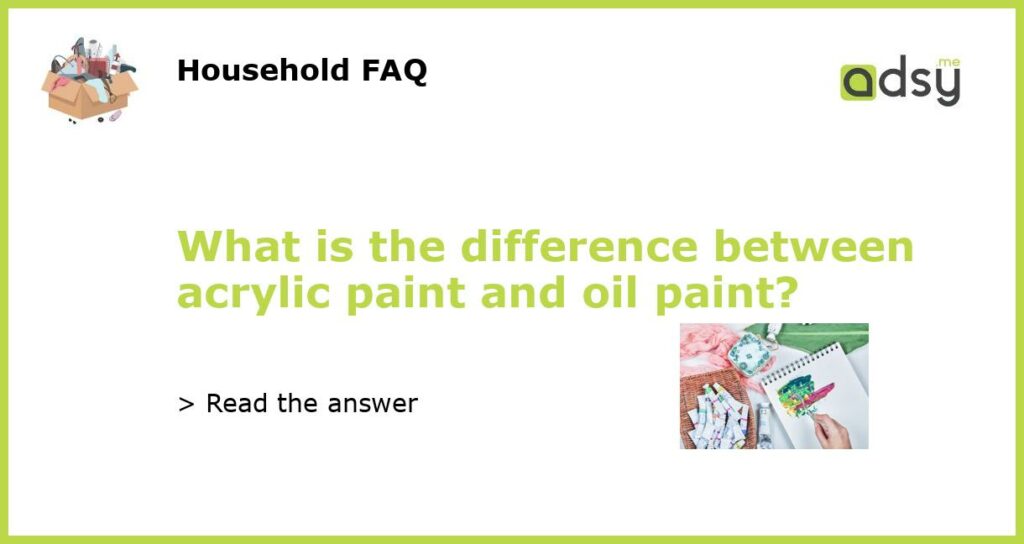Understanding the Differences between Acrylic Paint and Oil Paint
Artists and enthusiasts understand the importance of choosing the right medium and tools when it comes to creating a masterpiece. Among the most popular painting mediums are acrylic and oil paints. While both of them are widely used, there are several differences between the two that artists should be aware of in order to achieve the desired results.
The Basics of Acrylic Paint
Acrylic paint is a water-based paint that is known for its fast-drying feature. It is made up of a binder, pigments, and water, providing artists with flexibility in terms of application and texture. Acrylic paint is low in toxicity and has a matte finish, although it can also be mixed with mediums to create a glossier surface. Additionally, unlike oil paint, acrylic dries to a water-resistant and flexible surface which makes it suitable for many surfaces including canvas, paper, and wood.
The Basics of Oil Paint
Oil paint has been widely used by artists for centuries. The medium is made of pigments and a binder, which is typically linseed oil. Unlike acrylic, oil paint has a slow-drying feature which allows artists greater opportunity for blending and reworking areas. While oil paint is known for its glossy finish, it can also be modified with mediums to create a matte finish. However, oil paint is known for its strong odor which makes it necessary to use in a well-ventilated area.
Differences between Acrylic Paint vs. Oil Paint
One of the key differences between acrylic paint and oil paint is the drying time. Acrylic paint dries quickly while oil paint takes a longer time to dry. This means that an artist using acrylic needs to work fast, while an artist using oils can stop and start work over a longer period of time.
Another difference between the two is the ability to create texture. Acrylic paint dries smooth, while oil paint can create a textured surface. Additionally, acrylic paint is more flexible and durable on surfaces like wood, while oil paint will tend to crack over time on certain surfaces.
Choosing the Right Paint for Your Artistic Needs
Each painting medium has its own strengths and weaknesses, depending on the artist’s intentions and desired outcome. For instance, an artist who wants a quick-drying paint for their artwork may choose to use acrylic. On the other hand, an artist looking for a paint that allows for greater control and blending may opt for oil paint. In the end, it comes down to personal preference, the demands of the project, and the artist’s skill level.






